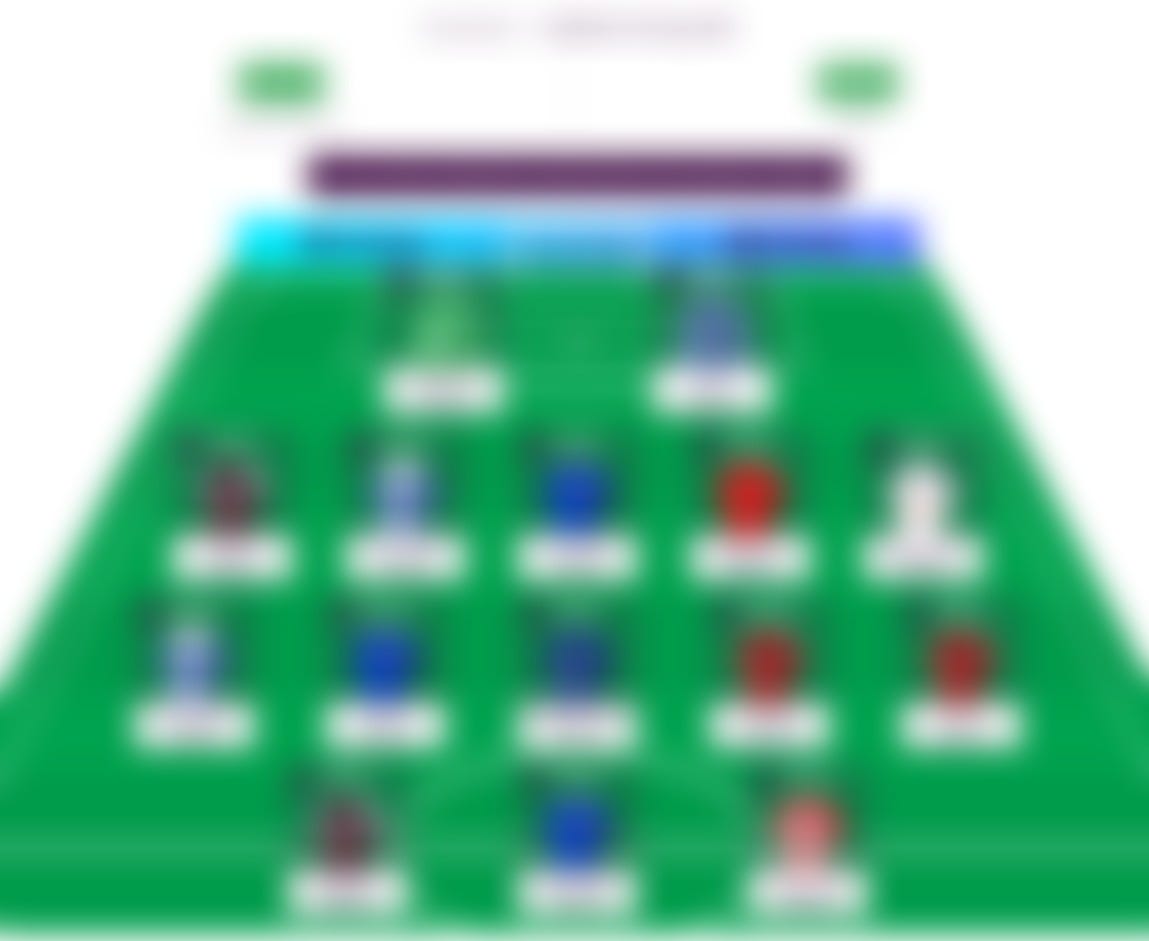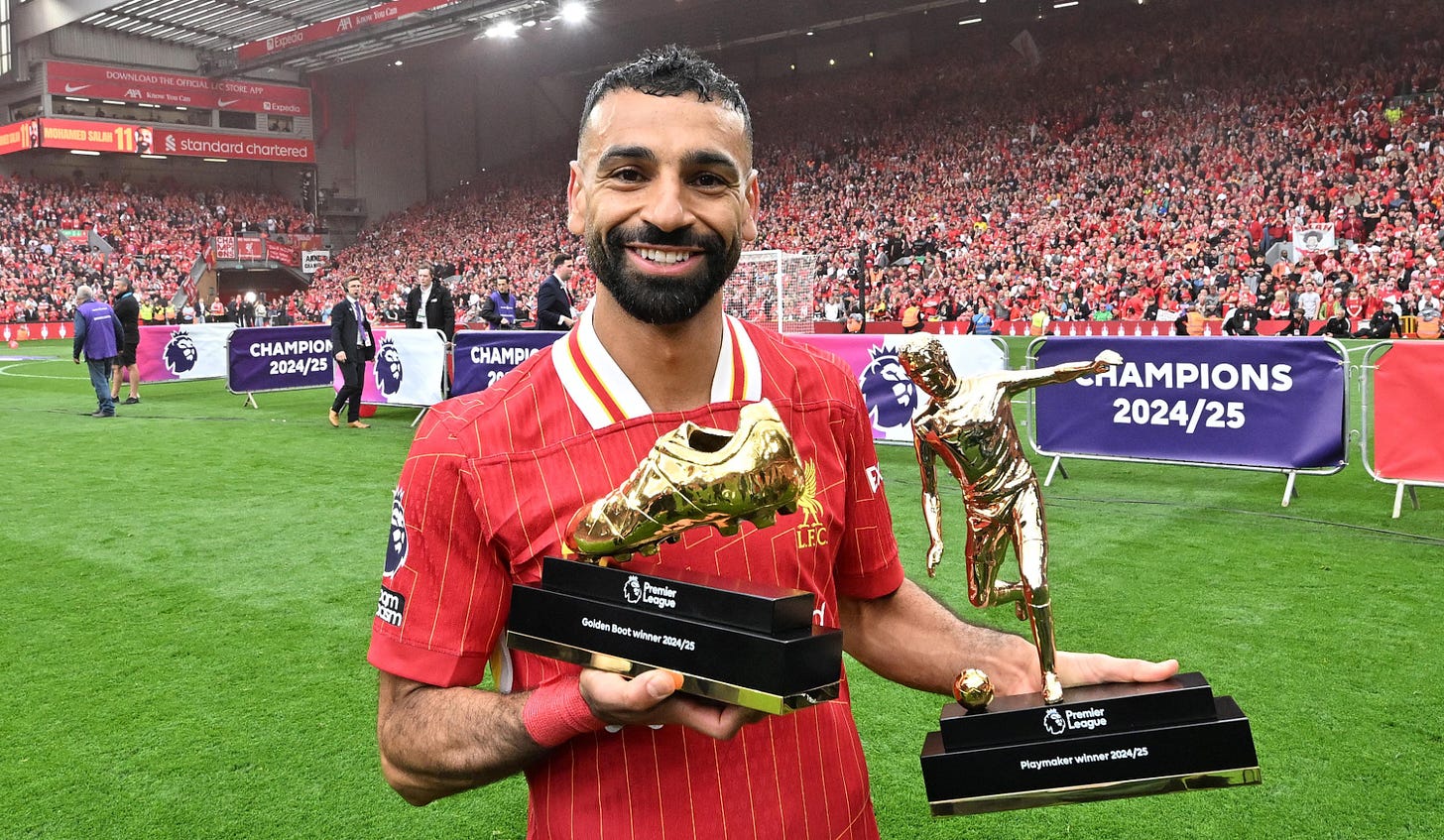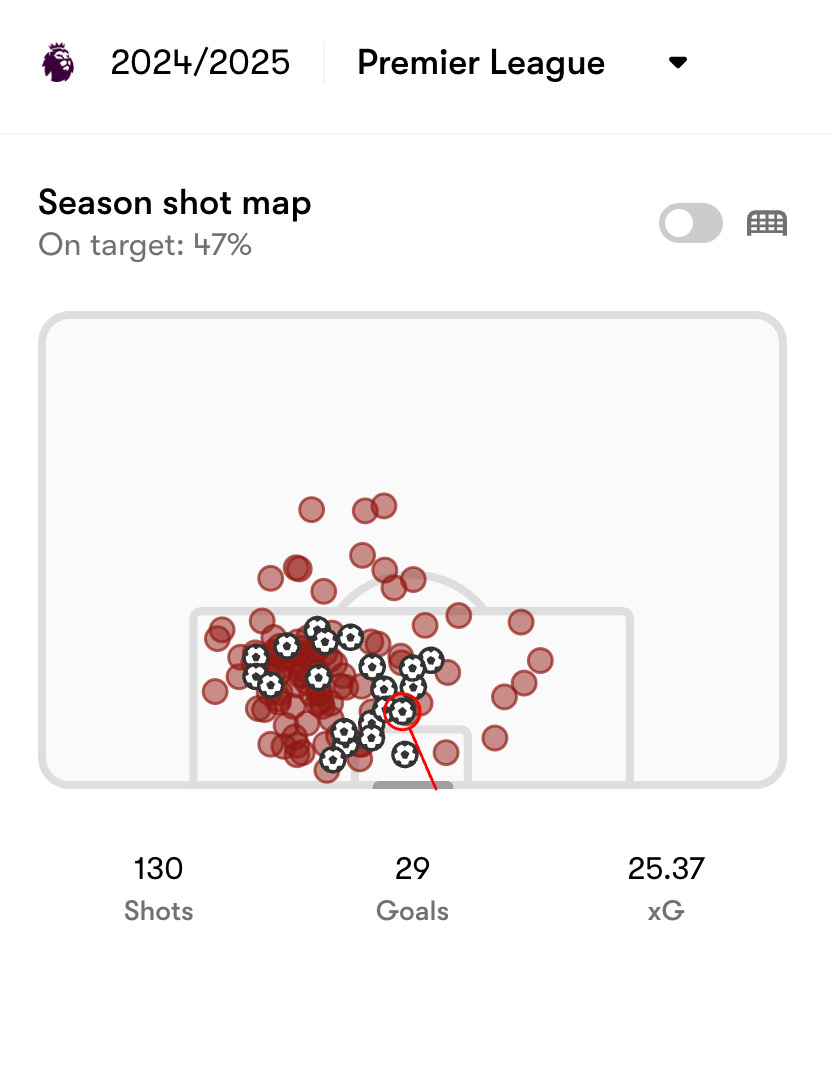GW1 Thought Process: Is it possible to break the template?
The 5+1 phases of building a Gameweek 1 draft
Note: This newsletter is truncated in an email. You can click on "View entire message" to see the full post in your email app.
Alright, folks.
Tonight’s the night.
I wish I could deliver this line in a dramatic Dexter Morgan’s voice, sipping a Mojito and watching the sunset on Miami Drive, but the reality is that I write it during this intense European heatwave, in my apartment and with fans blasting around me. And I have some tough decisions to make.
Assembling the Gameweek 1 draft for the upcoming season feels a bit like those times when you entered the Double a Blanks GWs period in previous campaigns (it wasn’t that bad in 24/25), and your hands were tied in terms of how creative you could be with your selection.
Currently, it’s extremely difficult not to go full template.
It’s tough to accurately interpret the fixtures, not only because they are a bit of a mixed bag for most teams, but also because there is a great deal of uncertainty everywhere. Much of this is caused by numerous developments in the transfer market, which lead to several outcomes:
Players are lacking match fitness
Players will need to adapt to both new teams and the league
Often, the entire system changes, leading to further uncertainty and guesswork
The summer transfer window shuts after GW3, and there are still plenty of rumours circulating about our potential picks
They are viable now → they might not be after they move
They are not viable now → they might be after they move
Do you remember the last time there were hardly any good options in the £7.5m and £8m midfield categories? Me neither.
That said, opting for the more or less template team in GW1 isn’t a bad idea.
As I have already mentioned, an FPL is a game of incomplete information, and one of the most vital skills to have is the ability to respond to events as they happen and to look for an edge over other managers constantly.
Okay, let’s build that draft.
👑 Phase 1: Mohamed Salah vs Erling Haaland
It always begins with all the top-performing picks.
Which is also the most difficult part of it, but I’ll explain that in a moment.
The first step is to decide how to handle the Mohamed Salah versus Erling Haaland situation. I believe the best move this season is to have at least one of them. The main reason? Captaincy. The other one: the broader landscape.
The no-Salah, no Haaland route may seem like so much fun at first, but it can quickly turn into a nightmare. Imagine your differential captain(s) don’t perform well a few times because you misjudge the match-up, or simply get unlucky. You’re probably rotating those captains frequently, which increases your variance, since a single game’s sample size involves a lot of randomness.
Having a reliable option whom you can captain for longer stretches of the game will save you a lot of trouble and decisions, which are pretty close in EV.
Starting with both was a good option last season, when there was a multitude of high-performing budget midfielders with excellent fixtures. We don’t have this luxury now.
While I’m not against drafts built around Haaland, and think they can work well, my starting pick is Mohamed Salah.
Just because he embodies this unicorn archetype of a player, who combines outrageous volume and quality in both dangerous shooting attempts and final passes. His ability to receive while running behind AND to execute a pass in behind is unparalleled.
Last season, he averaged (all per 90):
3.26 non-penalty shots
0.41 non-penalty expected goals
0.52 post-shot xG
0.53 actual goals
0.33 expected assists
0.43 actual assists
That is an unprecedented attacking threat. His shot map includes 121 non-penalty shots, with a total of 21 xG and 20 goals.
When you add 9 penalties, it looks like this:
Some more metrics (also per90):
1.36 shots on target (the best among midfielders)
1.52 passes inside the box (the best among midfielders)
2.10 passes within 20 meters of the goal (the same old story)
10.53 touches in the box (you can guess at this point…)
8.50 ball entries into the box (wait, who’s Jeremy Doku?)
The results in advanced goal probability added metrics for passes and carries are obviously through the roof.
His numbers oozes dominance. We can speculate on how the dynamics will shift now that Florian Wirtz and Hugo Ekitiké are part of a new attack. It also makes sense to raise the question about the effects of Salah’s ageing.
Arne Slot is an intelligent man, and last season, he allowed Salah fewer defensive duties to slow his regression. When I see the decline happening, I will react. At the moment, I’m still firmly behind him, until I see a signal not to.
⭐ Phase 2: Cole Palmer and other “essentials”
The second stage of the squad-building process involves selecting another group of key picks, who should act as the most reliable sources of points.
This is arguably the most important step of all. Why?
It not only involves a player analysis but also covers more meta-game topics, such as your managerial style in relation to the current FPL landscape. I’ll explain:
My managerial style is a mix of very aggressive and very safe. I always aim to maximise the ceiling of my squad, not only in the long term but also in each gameweek, because I believe one of my greatest skills is assessing match-ups and how favourable they are for my players.
How does this affect the way I play the game?
Keep reading with a 7-day free trial
Subscribe to Data Dribble to keep reading this post and get 7 days of free access to the full post archives.





